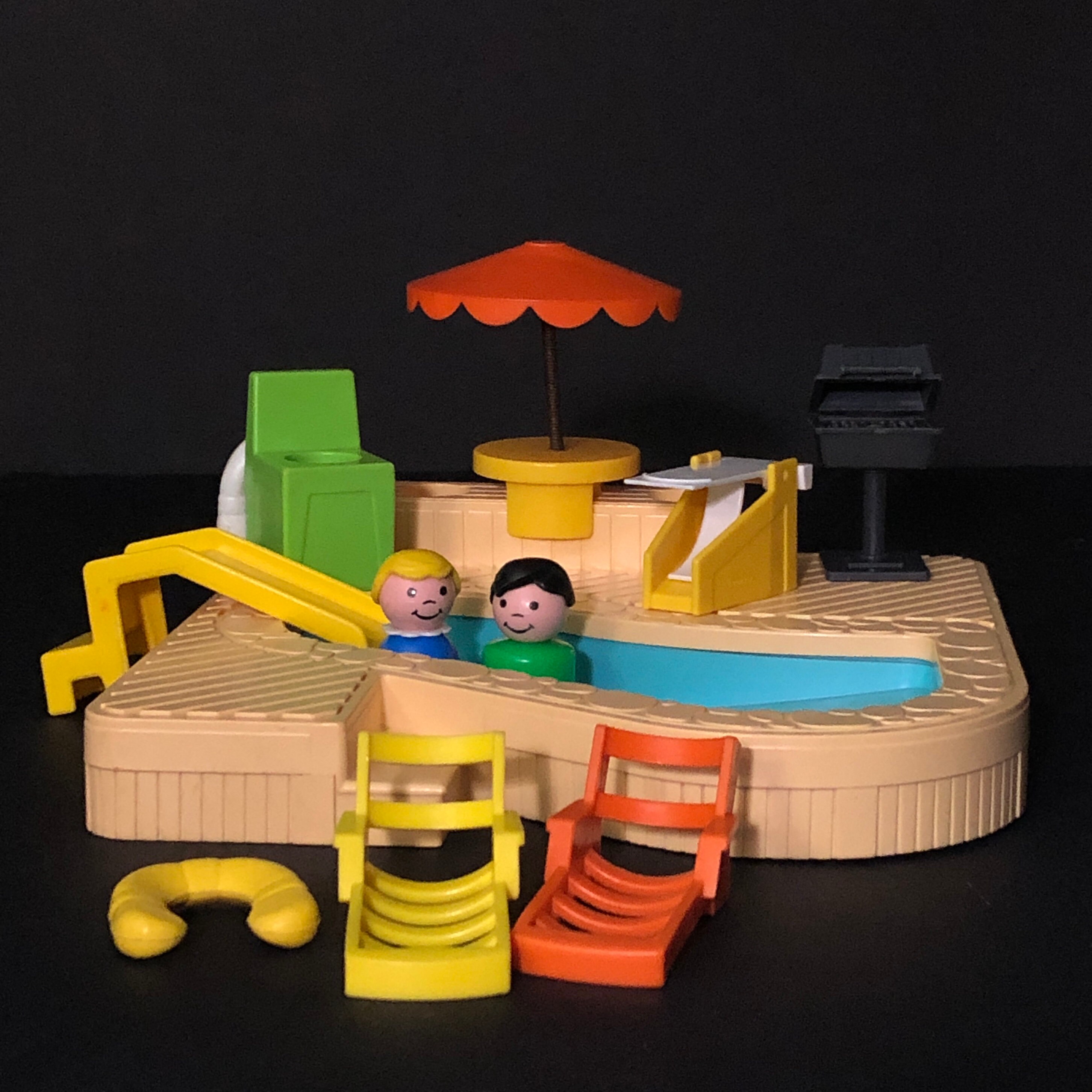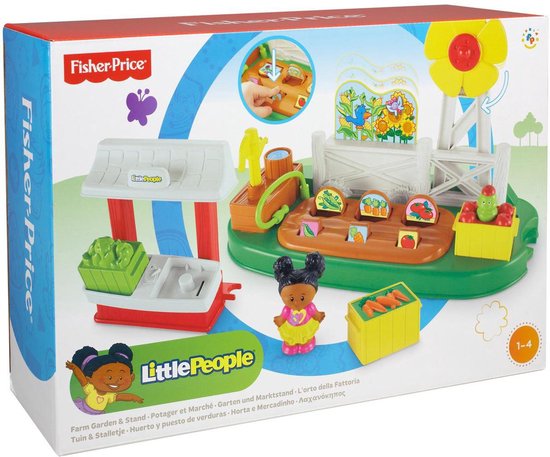
Adult women had a kind of hourglass-shaped upper body. By 1965, the Little People consisted of a small cylindrical base and a wider cylinder shape for boys and men and a conical upper shape for the girls. All of the people had a basic cylinder body with the female figures only identifiable by the addition of slanted, oval eyes and eyelashes. A few years later, the typical smiley face of the traditional Little People introduced in a "straight-body" format. By 1961, the figures were produced with wood plastic was used for their vehicles and buildings. The original Little People went through six major styles of body (base) configurations, and even within each major classification there may be one or more minor style variations. "Original Little People" figures Body style variations īy 2019, more than two billion Little People figures had been sold in more than 60 countries. The "Little People" name, registered and trademarked by Mattel and Fisher-Price in 1985, came from Mattel following the lead of consumers who referred to the early Play Family playsets as "those little people". In 2016, Little People was inducted into the National Toy Hall of Fame. Mattel reports that since the brand's launch, over 2-billion Little People figures have been sold in over 60 countries. The current product line consists of playsets, mini-sets and accessories, books, CDs, and DVDs focusing on various configurations of 5 characters named Eddie, Tessa, Mia, Koby, and Sofie. Little People is a toy brand for children ages 6–36 months and to ages 3 and up, originally produced by Fisher-Price, Inc. From left to right: Eddie, Sonya Lee, Michael. Here are a few early sets with their set numbers:ĭownload here the complete list of Little People Playsets (PDF).The Fisher Price Little People logo used beginning in mid-2007. These figures are called "chunky" by collectors. After Fisher-Price was bought by Mattel in the 1990s, Little People reappeared on the markets, their figure significantly larger in size from the original Little People characters due to revised toy safety guidelines. A book published in 1986 by Edward Swartz titled Toys That Kill prominently featured a trio of original Little People figures on the cover. Most people believe that these figures were developed as a replacement for the original Little People due to the increasing concerns and pressures from parents and consumer-advocacy groups for safer toy designs. They were made "chunkier", were more bright and colorful, and were designed so that they could activate motion within the play sets. In 1991, the Original Little People figures were redesigned for younger children. Little People characters had by then been also produced with plastic products exclusively.


Soon after, the Little People Discovery Airport, a hospital and a school would also be released.

In the middle 1970s, Fisher-Price produced the Sesame Street town, with various Sesame Street stores, a bridge with stop lights and Sesame Street characters such as Bert, Ernie, and the only Little People toys that have been modeled after celebrities - Loretta Long (Susan), Roscoe Orman (Gordon) and Will Lee (Mr. Eventually, the toys encompassed a wide range of playsets, furniture packs, and accessory packs. Also at this time, the figures were made with plastic bodies instead of wood. In 1968, Fisher-Price introduced the first Little People playset, the famous Play Family Barn with barn doors that "moo’d".


 0 kommentar(er)
0 kommentar(er)
